So, you’ve been told to go on a low protein diet to help your kidneys. What does this mean? How much protein can you eat? This article will cover the basics along with some low protein recipes to get you started!
Table of Contents
Who Should Use Low Protein Recipes?
Who needs a low protein diet in the first place? A low protein diet is often recommended for people who have chronic kidney disease (CKD) who are not on dialysis. (1)
A low protein diet has been shown to delay the progression of kidney disease. (2) It can also help control acidosis and high phosphorus levels for people with CKD. (2)
How Much Protein Should I Eat?
The amount of protein on a low protein diet is different for everyone. Daily protein goals are based on your body size, stage of CKD and other health conditions. It is ideal to work with a renal dietitian to get a specific protein goal for you!
The National Kidney Foundation’s Kidney Disease Outcomes Quality Initiative (KDOQI) guidelines give us a specific range of protein for kidney disease. (1)
For people with CKD stage 3-5, a goal of 0.55 – 0.6 grams of protein per kilogram body weight (g/kg/day) is recommended. For a person who weighs 175 pounds (79.5 kilograms), this is a daily protein goal of 44 – 48 grams.
Or, a lower protein goal of 0.28 – 0.43 g/kg/day with the addition of ketoanalogues is also recommended. (1) This lower protein amount and ketoanalogue supplementation should ONLY be attempted under the supervision of a Registered Dietitian.
For people with diabetes and kidney disease, a higher protein goal of 0.6 – 0.8 g/kg/day is recommended. (1)
What Kind of Protein is Best for Kidney Disease?
Focusing on eating more plant proteins over animal proteins is best for kidney disease. Plant protein foods tend to have less protein per serving, helping you keep your total protein intake low.
Plant protein foods also have a much lower dietary acid load. A lower dietary acid load can help slow the progression of kidney disease and control acidosis. (3)
Examples of plant protein foods:
- Beans
- Nuts
- Seeds
- Lentils
- Tofu
- Seitan
- Whole Grains
Tips for a Low Protein Diet
A low protein diet can feel overwhelming at first. But, I promise once you get the hang of it, it will become second nature!
Here are some tips for following a low protein diet.
Limit Animal Protein
Animal protein foods like beef, chicken, pork, fish and seafood have a lot more protein in them compared to plant protein foods. A 3oz portion of meat, poultry or fish has about 25 grams of protein.
Compare this to a 1/2 cup serving of beans with only 8 grams of protein!
Stretch the High Protein Ingredient
Our goal is LOW protein – not no protein. We all need some protein in our diet. So, you should have some higher protein ingredients in your meal.
For a low protein recipe, the key is to use those higher protein ingredients sparingly. My favorite ways to stretch higher protein ingredients is to “cut them” with low protein vegetables! Stretch high protein ingredients in soups, salads, stir-fries and curry.
Fill up of Fruits and Vegetables
Fruits and vegetables are very low protein foods! They are also packed with fiber, and other healthy vitamins and minerals.
Protein, fiber and fat help keep you feeling full. On a low protein diet, it is important to eat plenty of fiber to keep your stomach happy! Eating enough fiber can also help prevent constipation. Staying regular can help prevent or control high potassium levels! (4)
Don’t Fear Fat!
We get calories from 3 sources: protein, fat and carbohydrate. On a low protein diet, we have to make up the lost calories from protein. Enter: fat and carbs!
Healthy fats are a wonderful way to add some extra calories to your diet. This will help make sure you stay nourished. Fat can also help keep you full!
Embrace Carbohydrate
Healthy carbohydrate is also super important for a low protein diet. Again, we have to get calories and energy from somewhere!
Remember that whole grains such as whole grain bread, pasta, quinoa or couscous do add some protein to your diet! However, we do recommend people with kidney disease choose whole grains over white, refined grains most of the time.
Low Protein Foods
The key to low protein recipes is low protein foods! These foods tend to be very low in protein.
All Fruits
Fruit is the best thing for low protein recipes. Fruit is packed with fiber, vitamins and minerals and has very little protein in it. Most fruit has 0-1 gram of protein per 1/2 cup (cooked/canned) or 1 cup (raw) portion.
Here is a list of low protein fruits. This is NOT a complete list, but gives you some good examples!
- Apples
- Bananas
- Blackberries
- Blueberries
- Cherries
- Grapes
- Kiwi
- Mangos
- Oranges
- Peaches
- Pears
- Pineapple
- Raspberries
- Strawberries
- Tangerines
- Watermelon
Worried about potassium in fruit? Make sure to check out this post about potassium in kidney disease.
Most Vegetables
Vegetables are another wonderful ingredient for low protein recipes. They are key to any kidney friendly diet. Not only are vegetables full of fiber and healthy nutrients, people who eat plenty of them have a slower progression of kidney disease!
Vegetables tend to have a little more protein in them than fruit. Most veggies have 2-3 grams of protein per 1/2 cup (cooked) or 1 cup (raw) portion. But, they are still very low protein foods.
Here is a list of low protein vegetables:
- Artichoke
- Asparagus
- Beets
- Broccoli
- Brussels Sprouts
- Cabbage
- Carrots
- Cauliflower
- Celery
- Cucumber
- Eggplant
- Green Beans
- Kale
- Leeks
- Lettuce
- Onions
- Potatoes
- Spinach
- Tomato
Vegetables that fall into the “plant protein” category like beans, nuts, seeds and lentils are much higher in protein than most vegetables. However, they have MUCH less protein compared to animal protein foods like beef, chicken or fish! Most plant protein foods have about 8 grams of protein per 1/2 cup cooked portion.
Again, worried about potassium in vegetables? Make sure to check out this post about potassium in kidney disease.
Fats
All fat is low protein. Every oil is a low protein food.
Here are some healthy low protein fat choices for kidney disease:
- Avocado oil
- Canola oil
- Olive oil
- Sesame oil
- Walnut oil
What Is a Low Protein Recipe?
There is not an official definition for a low protein recipe.
The key to a low protein diet is to build a healthy day of meals that OVERALL is low protein. A low protein diet can include some higher protein foods if they are balanced with lower protein recipes the rest of the day.
Ask your dietitian how much protein is right for you!
Make Your Favorite Recipe a Low Protein Recipe
Here are some tips to make your favorite family recipes a low protein recipe!
- Swap out the meat. Many recipes can be made lower protein by using beans or lentils in place of beef, chicken, pork or fish!
- Reconsider dairy. Milk, yogurt and cheese can add a lot of protein. Use plant-based dairy substitutes like rice, almond, coconut or oat for a lower protein option.
- Eat a smaller portion. If your favorite recipe simply MUST include a higher protein food (like a baked chicken breast recipe), enjoy that food in a smaller portion, filling up on lower protein foods to keep your day low protein!
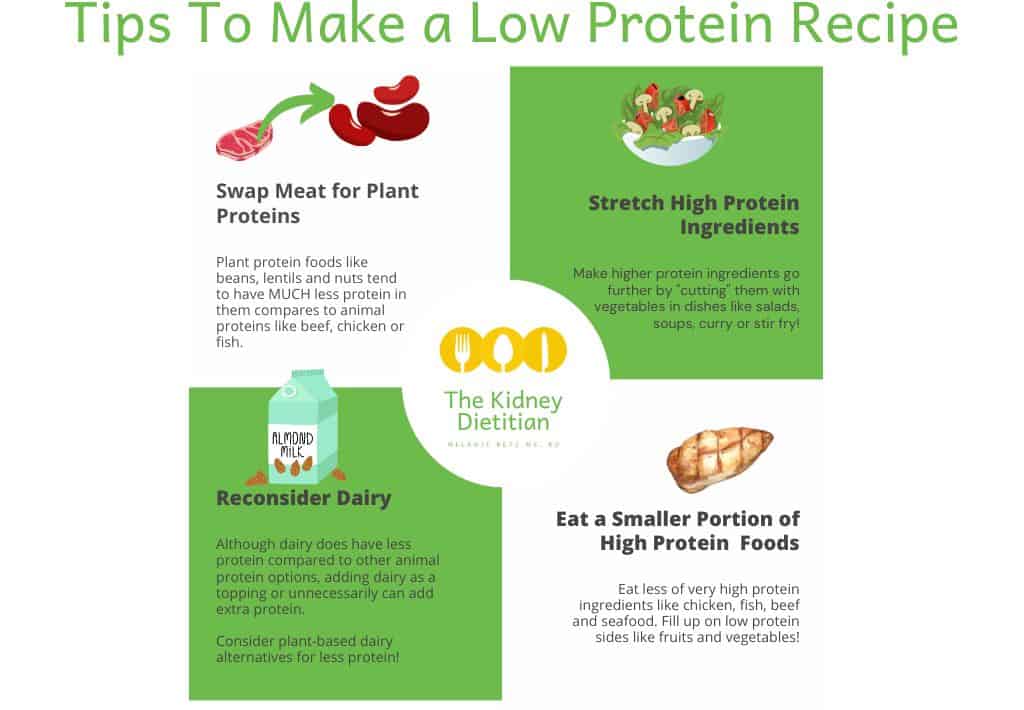
Top 10 Low Protein Recipes for Kidney Disease
Vegetable Soup
Really, ANY kind of soup is a great low protein recipe choice. Soup is a wonderful way to stretch higher protein ingredients like meat or chicken.
Quinoa Salad
Quinoa and other whole grains have a surprising amount of protein in them. A 1/2 cup of cooked quinoa has 8 grams of protein. There is no need to add another protein source!
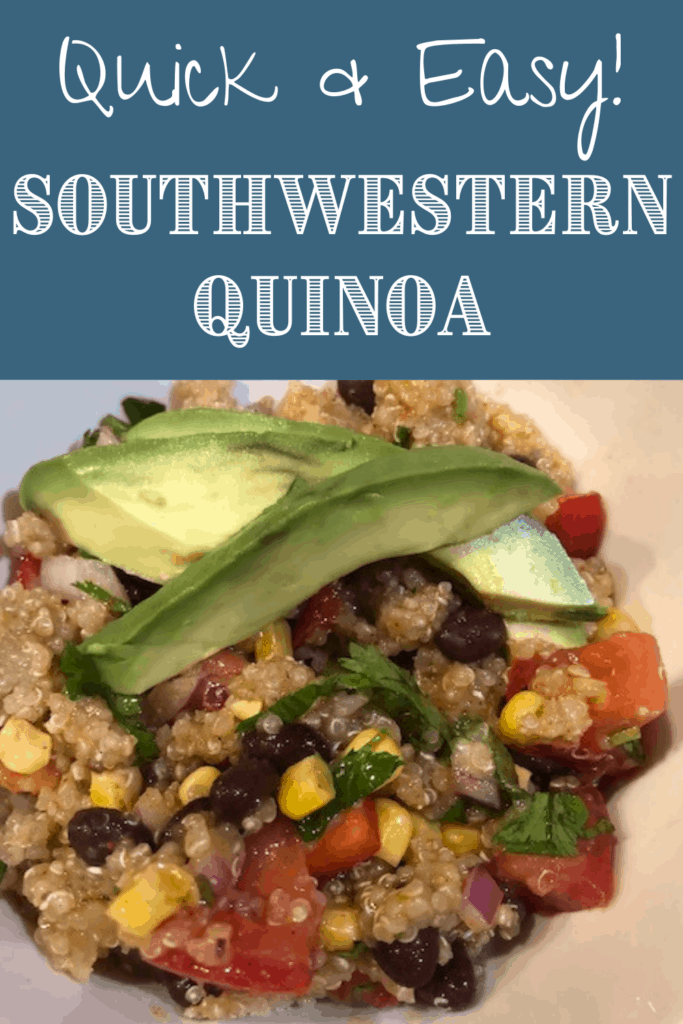
I don’t know how many times I’ve made this Southwest Quinoa Salad. It is a low protein recipe with only 7 grams of protein per cup.
Chickpea “Tuna” Salad
I’m a huge tuna salad fan. Although tuna is packed with healthy omega-3’s, it is high in protein. A 1/2 cup of tuna salad has about 16 grams of protein. Compare that to only 5 grams in chickpea “tuna” salad!
Pesto Zucchini Noodles
Noodles made with flour have a fair amount of protein in them. One cup of spaghetti noodles has 7-9 grams of protein.
Although whole grain noodles absolutely can (and should!) be part of a diet for kidney disease, veggie “noodles” like zucchini noodles are a lower protein option. They are also a super fun way to add some veggies to your diet!
I love these pesto zucchini noodles! There are millions of zucchini noodle recipes out there!
Vegetable Curry
Curry really is my favorite. SO much flavor (from spices other than salt!). My Mixed Vegetable Curry is a wonderful low protein recipe. A serving of 1 1/2 cups of curry with a 1/2 cup of brown rice only has 10 grams of protein.
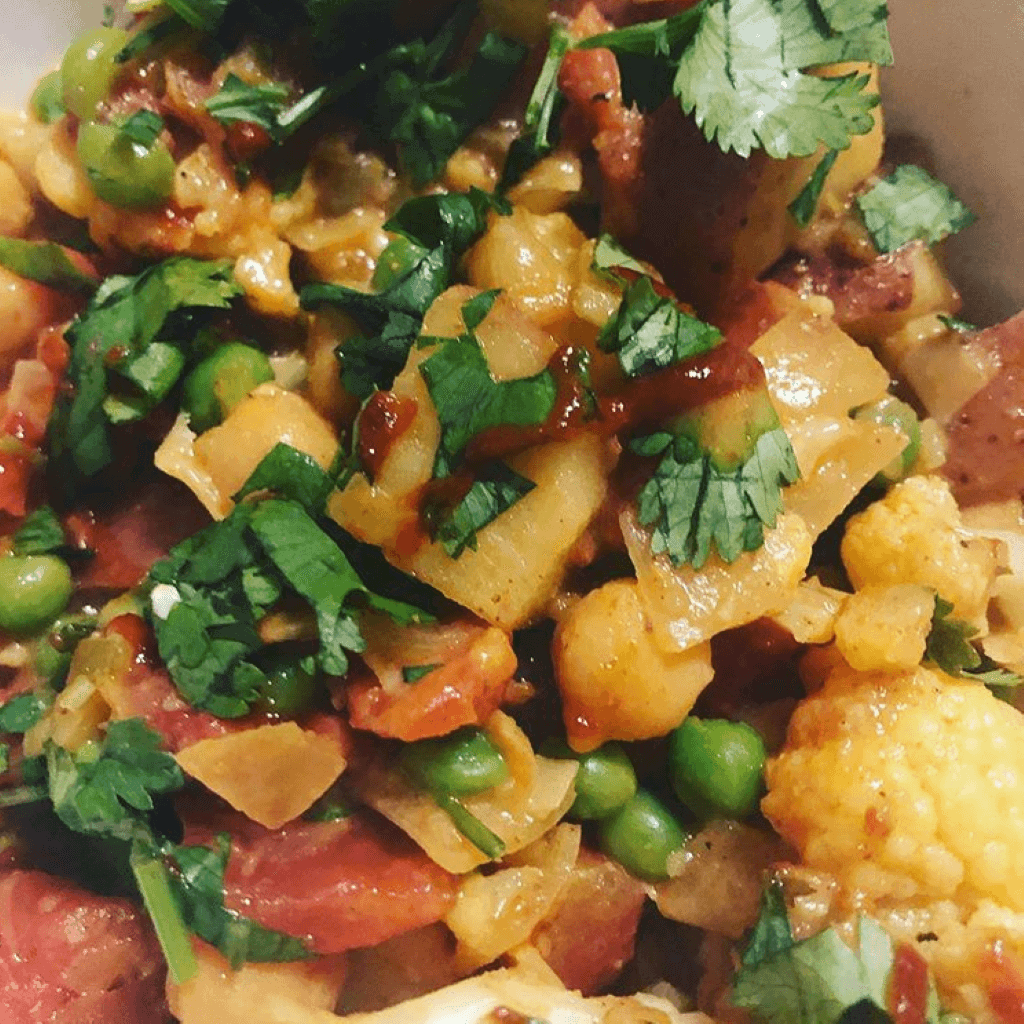
Veggie curries like this are a much lower protein recipe compared to curry made with chicken, goat or lamb.
Bruschetta Stuffed Mushrooms
Stuffed mushrooms are a great option for a low protein recipe. You can stuff them with SO many different things.
I am obsessed with these Bruschetta Stuffed Mushrooms! YUM!
Lentil Soup
Another great low protein soup recipe! Lentils are a fantastic plant-based protein for kidney disease. A 1/2 cup of lentils has 9 grams of protein. Compare this to about 25 grams in a 3oz portion of chicken, beef or fish!
Veggie Pancakes
This one is from my friend and fellow renal dietitian, Michele Crosmer!
These veggie pancakes only have 9 grams of protein per 2 pancakes – and a whopping 5 grams of fiber from all the tasty veggies and chickpea flour!
Stuffed Bell Peppers
Stuffed peppers are one of my favorite ways to get in some extra veggies! My couscous stuffed peppers are a low protein recipe with only 8 grams of protein per 1/2 pepper!
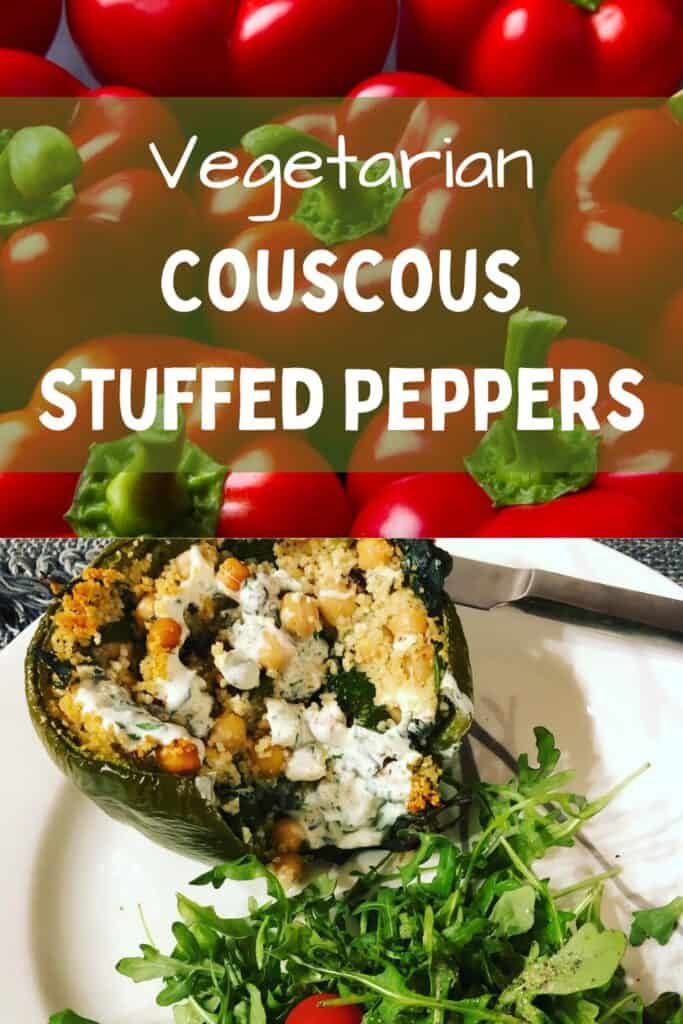
Tofu Breakfast Scramble
Another one from Michele! Tofu scrambles are a great low protein recipe option compared to eggs.
Here is Michele’s favorite Tofu Breakfast Scramble packed with veggies and a TON of flavor!

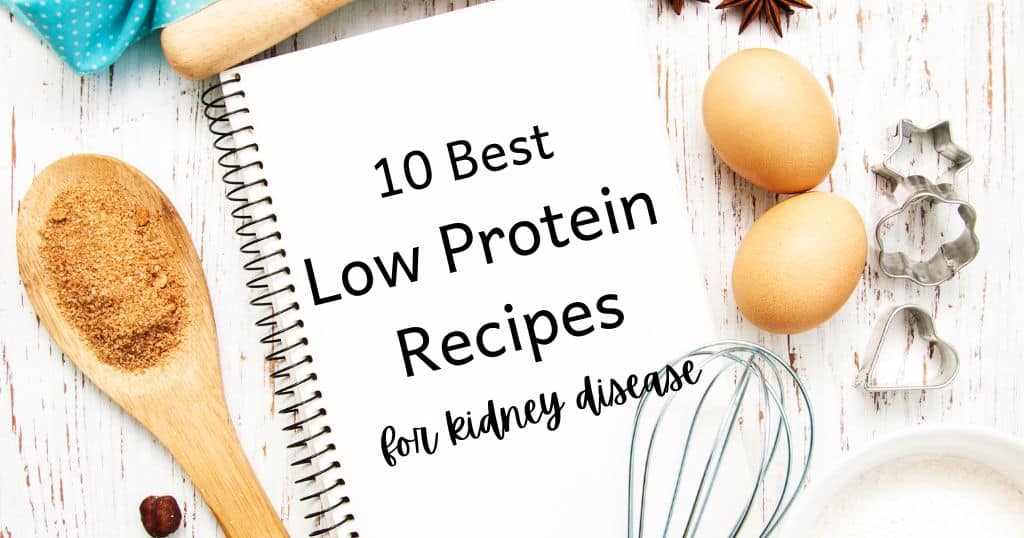
I love fruits, vegetables, legumes, whole grains, etc., so I should have no problem eating a low protein diet, except for one tiny complication: a diet high in all the plant-based foods causes me to have 24 hour non-stop diarrhea which leaves me exhausted and unable to lead any kind of normal life. Surely this can’t be healthy. I have consulted with numerous gastroenterologists, none of whom have been able to determine the cause of (or cure for) the problem. I live for the day I can eat a giant bowl of lentil soup without paying the price. Do you have any food suggestions I could try? My nephrologist refuses to give me a referral to a dietician. He says a dietician will just confuse me, so I would be eternally grateful for any suggestions you can give me.
Thank you
Barbara
Hi Barbara! Oh my goodness! That is ABSOLUTELY no good. I really can’t begin to give you suggestions because I’d need to understand MUCH more about your medical history and why you are having diarrhea. That being said, I would HIGHLY recommend working with a dietitian in your area on this. I find it SUPER disheartening that your doctor said they would “just confuse you” – I find most people have A LOT more clarity in terms of what to eat after working with one. I’d seek out one in your community yourself since your doctor clearly isn’t interested in helping you!
I’d like to see the science showing that dietary protein is detrimental to kidneys.
Check out the references in this article about kidney stones and this one about CKD. For people without a kidney disease, there is no data to show that excess protein is harmful to kidneys.
I have not found an interventional study amongst the references, they tend to be epidemiological studies which do not prove causation. Also, food frequency questionnaires are unreliable. Most conclusions were assumptions anyway, so I feel it is irresponsible to recommend people to cut out the most nutritious and easiest to digest foods, such as meat and eggs and replace them with processed foods and hard-to digest legumes and fibrous vegetables. I am aware that interventional studies in nutrition are almost impossible to conduct reliably, so perhaps other approaches are needed. Looking at indigenous people, who are healthy, without diseases that are common in Western societies would be a much more realistic method. And those tribes all value foods from animal sources the most and only eat a few plant foods if meat is not available.
Great point! A true randomized controlled trial is rare in nutrition in general for MANY reasons – which is why we tend to lean on epidemiological studies. This is actually better than looking at the diet of a specific group of people from a specific place because you can control for confounding factors. We absolutely cannot take what one group of people eats and say this will result in the same outcomes for everyone – is there some genetic benefit in that group? Some environmental benefit/harm? Something else about the way they live? What health conditions did this group have/not have?
For a more complete list of references for low protein diets for kidney disease – check out the 2020 KDOQI Nutrition Guidelines for Chronic Kidney Disease – which does recommend a low (and sometimes very low) protein intake for CKD stage 3 or more.
Hello. I found your website while researching for a low protein meal plan to help my husband with his stage 4 kidney disease. Concerning the Lentil Soup within your article, that recipe has nutrition facts listed stating 1 serving has 18.6 grams of protein, while your comment indicates 1/2 cup of lentils only has 9 grams of protein. What am I doing wrong with this equation? I’m trying to limit his daily protein from food to 22.5 grams with adding another 22.5 grams daily from a food grade renal vitamin. Any suggestions as to how to get the protein down in this this one? Thank you.
Hi Julie! Since this lentil soup recipe isn’t MY recipe, I’m not sure what the portion size is here. My guess is MUCH more than a 1/2 cup. I’d recommend just monitoring that portion size. If your husband needs a low protein diet, I’d be VERY skeptical of that renal multivitamin that is giving him half of his needs. It is 100% better to get that protein from food than ANY supplement. Just my 2 cents!